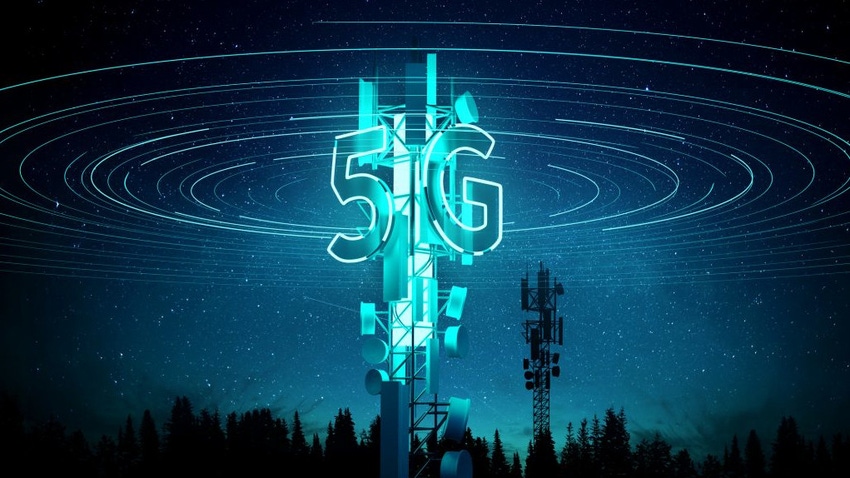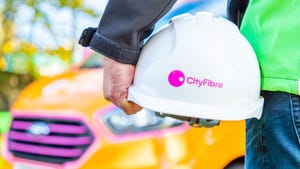Elisa hits 230 Mbps in uplink carrier aggregation test
Finland's Elisa has joined the growing list of operators getting to grips with uplink throughput, in an effort to make its networks 'metaverse-ready'.
February 8, 2024

Together with Ericsson and Qualcomm, Elisa has conducted a live test of uplink carrier aggregation (CA) on its commercial 5G standalone (SA) network.
They combined a 25 MHz chunk of 2.6-GHz FDD spectrum with 100 MHz of 3.5-GHz TDD spectrum, achieving a peak upload speed of 230 Mbps on a test device equipped with Qualcomm's Snapdragon X75 5G modem. The actual aggregating was done by Ericsson's uplink CA software.
"This latest technology milestone with our partners Elisa and Qualcomm Technologies unlocks high upload speeds in commercial 5G Standalone networks. With this game-changing software capability, we are enabling unparalleled user experience for applications such as live streaming, video conferencing, augmented reality/virtual reality and cloud gaming," said Mårten Lerner, head of product area networks, Ericsson.
According to Ericsson's most recent Mobility Report, uplink accounted for a modest 8% of total traffic on a sample of four mobile networks it analysed. The applications that generated the largest volume of uplink traffic were personal cloud storage services, followed by comms services and video.
While 8% doesn't sound like much for an operator to worry about, Ericsson emphasised that uplink volume is highly context dependent. For instance, there is likely to be more of it at a live event, like a concert or a sporting event, where users enthusiastically film and then share as much action as possible.
Then there are the upcoming applications that Ericsson mentions above, all of which promise to heap further pressure on the uplink.
With that in mind, implementing uplink CA sounds like a shrewd move, and a growing number of operators are trying it out. In addition to Elisa, Vodafone has also been testing out uplink CA recently, as have Dish, BT and Telefónica.
Differentiating on network quality is still very much the name of the game, and Elisa is doing more than your average operator to try and win it.
Last summer, again with Ericsson, it added in-service software upgrade (ISSU) to its live 5G SA network. Heralded as one of the benefits of cloud-native network architecture, it allows Elisa to update and upgrade core network services without causing any service disruption for end users. Late October, in partnership with Nokia, Elisa laid claim to Europe’s first successful cloud RAN trial powered by in-line acceleration.
Elisa is also ahead of the game by dint of the fact that it operates commercial 5G SA networks, starting with its home market of Finland and following it up last year by rolling it out in Estonia.
"We continue as a pioneer of 5G in Finland and develop our network services with our customers' future needs in mind," said Sami Rajamäki, VP of network services at Elisa. "The use of augmented reality and development towards metaverse will increase the demand for fast uplink connections. Therefore the top speeds achieved together with Ericsson and Qualcomm are an important step in the development of [our] 5G standalone network."
About the Author(s)
You May Also Like











_1.jpg?width=300&auto=webp&quality=80&disable=upscale)


.png?width=800&auto=webp&quality=80&disable=upscale)